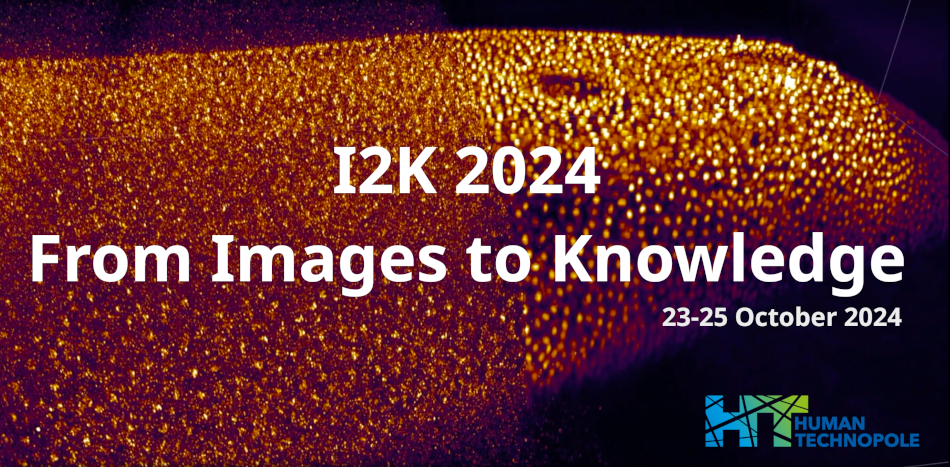Joint analysis of different data modalities is a promising approach in developmental biology which allows to study the connection between cell-type specific gene expression and cell phenotype. Normally, using analysis methods in correlative manner poses a lot of limitations; however, studying a stereotypic model organism gives a unique opportunity to jointly analyze data obtained from...
The translation of raw data into quantitative information, which is the ultimate goal of microscopy-based research studies, requires the implementation of standardized data pipelines to process and analyze the measured images. Image quality assessment (IQA) is an essential ingredient for the validation of each intermediate result, but it frequently relies on ground-truth images, visual...
With the Cell Painting assay we quantify cell morphology using six dyes to stain eight cellular components: Nucleus, mitochondria, endoplasmic reticulum, nucleoli, cytoplasmic RNA, actin, golgi aparatus, and plasma membrane. After high-throughput fluorescence microscopy, image analysis algorithms then extract thousands of morphological features from each single cell’s image. By comparing of...
We propose a new method of molecular counting, or inferring the number of fluorescent emitters when only their combined intensity contributions can be observed. This problem occurs regularly in quantitative microscopy of biological complexes at the nano-scale, below the resolution limit of super-resolution microscopy, where individual objects can no longer be visually separated. Our proposed...
In this work, we present a comprehensive Python tool designed for automated large-scale cytotoxicity analysis, focusing on immune-target cell interactions. With the capacity to handle microscopic imaging with a 24-hours imaging duration of up to 100,000 cells in interaction per frame, pyCyto offers a robust and scalable solution for high-throughput image analysis. Its architecture comprises...
Analyzing large amounts of microscopy images in a FAIR manner is an ongoing challenge, turbocharged by the large diversity of image file formats and processing approaches. Recent community work on an OME next-generation file format offers the chance to create more shareable bioimage analysis workflows. Building up on this and to address issues related to the scalability & accessibility of...
While recent advancements in computer vision have greatly benefited the analysis of natural images, significant progress has also been made in volume electron microscopy (vEM). However, challenges persist in creating comprehensive frameworks that seamlessly integrate various machine learning (ML) algorithms for the automatic segmentation, detection, and classification of vEM across varied...
Biological systems undergo dynamic developmental processes involving shape growth and deformation. Understanding these shape changes is key to exploring developmental mechanisms and factors influencing morphological change. One such phenomenon is the formation of the anterior-posterior (A-P) body axis of an embryo through symmetry breaking, elongation, and polarized Brachyury gene expression....
Dense, stroma-rich tumors with high extracellular matrix (ECM) content are highly resistant to chemotherapy, the standard treatment. Determining the spatial distribution of cell markers is crucial for characterizing the mechanisms of potential targets. However, an end-to-end computational pipeline has been lacking. Therefore, we developed a robust image analysis pipeline for quantifying the...
Accurate analysis of microscopy images is hindered by the presence of noise. This noise is usually signal-dependent and often additionally correlated along rows or columns of pixels. Current self- and unsupervised denoisers can address signal-dependent noise, but none can reliably remove noise that is also row- or column-correlated. Here, we present the first fully unsupervised deep...
As the field of biological imaging matures from pure phenotypic observation to machine-assisted quantitative analysis, the importance of multidisciplinary collaboration has never been higher. From software engineers to network architects to deep learning experts to optics/imaging specialists, the list of professionals required to generate, store, and analyze imaging data sets of exponentially...
High-resolution atomic force microscopy (AFM) provides unparalleled visualisation of molecular structures and interactions in liquid, achieving sub-molecular resolution without the need for labelling or averaging. This capability enables detailed imaging of dynamic and flexible molecules like DNA and proteins, revealing their own conformational changes as well as interactions with one another....

